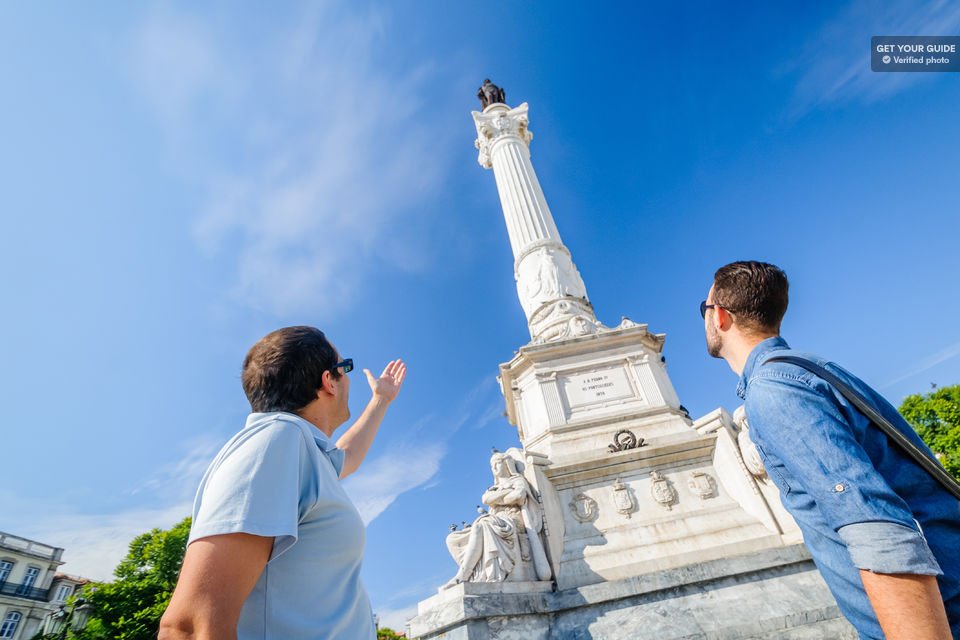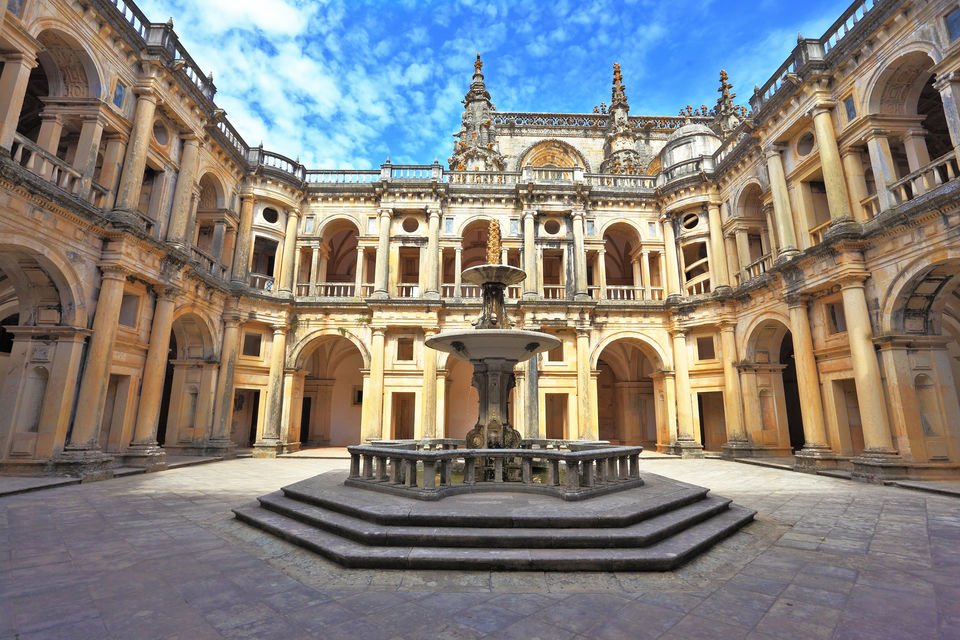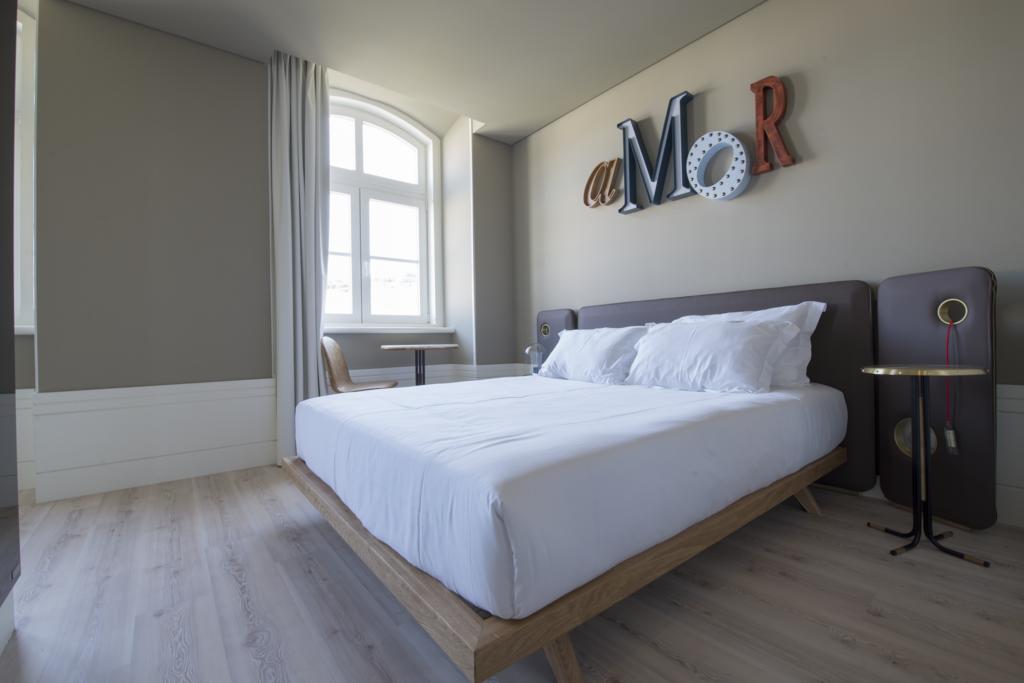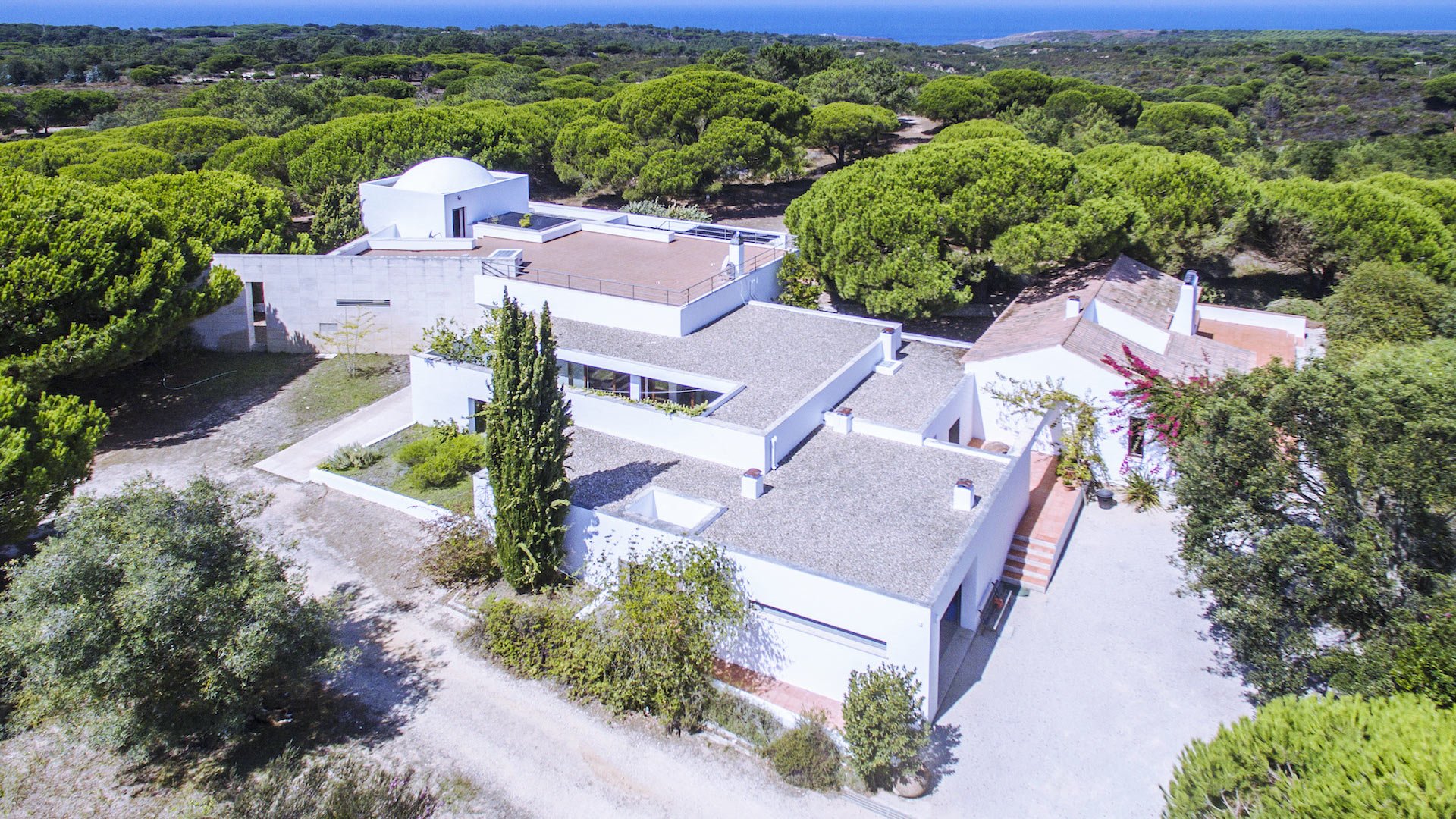The Santa Justa Elevator in Lisbon

The Santa Justa lift in Lisbon, known as Elevador do Carmo or Elevador de Santa Justa, was inaugurated in 1902 as part of Lisbon’s new transport system, designed to facilitate the movement of citizens between sloping neighbourhoods. At that time, two elevators and six funiculars were already in operation in the city. The Santa Justa lift, the third in the Portuguese capital, links Baixa and Chiado to facilitate access to the Largo do Carmo from the Rua de Santa Justa.
Santa Justa Lift: practical information
Below you will find practical information about the lift that will help you get there at the right times and the prices you will have to pay to get there.
For your information, please note that the Lisboa Card (Lisbon Discount Card) gives you free access to transport in Lisbon: it is also valid for the Santa Justa lift, which will be free if you have this card to visit Lisbon. For more information, you can read my article about the Lisboa Card or click directly on the card below to order it online for 24, 48 or 72 hours.
Click on the Lisboa Card to order it online
- Location: Rua do Ouro – Largo do Carmo Lisbon
- To get there, you can use the blue and green metro lines (Baixa Chiado stop), trams E12 and E15 (Figueira Square stop), the train (Rossio stop) or buses 711, 714, 736, 737, 746, 759, 760 and 783 and 208 (Consult the official Carris website for stops and timetables). Click on the following link to find out more about public transport in Lisbon: types of transport, maps, costs…
- The Santa Justa de Lisboa lift is open every day from 7am to 9pm for visits. To use it as a means of transport, the timetables are from May to October from 7am to 11pm and from November to April from 7am to 10pm.
The Santa Justa eelvator is a 45-metre-high cast-iron structure in the shape of a tower. The upper floor of the lift is connected to the upper exit of Largo do Carmo by a 25-metre footbridge. The two cabins of the lift, each with a capacity for 29 people, are made of wood and decorated with carvings. All the metal structures and supports of the lift are decorated with neo-gothic casts, which contrasts with the Carmelite convent next door.
Initially Lisbon’s elevators were steam engines but in 1907 they were electrified for greater cleanliness and less noise. At the top of the tower is an observation deck with two spiral staircases. To reach the observation deck, you don’t need to take the lift, you can enter it through the footbridge of the Santa Justa lift.
Exactly 100 years after its opening in 2002, the Santa Justa lift in Lisbon and the funiculars have been declared national monuments. Today, the elevator is one of the most visited attractions in the Portuguese capital and one of the 10 best places to visit in Lisbon.
Creator of the Santa Justa elevator: Raoul Mesnier de Ponsard
To avoid confusion, all cable cars, ski lifts and elevators in Portugal are simply called “elevador”, which means “lift”.
It was at the turn of the 19th and 20th centuries that elevators began to be built all over Portugal. And the main actor of these constructions was the Portuguese engineer of French origin Raoul Mesnier de Ponsard. It was he who designed and built the Santa Justa lift.
This architect was also one of the best engineers of the time and at the origin of many constructions, but he was not very well known in the world and in Portugal. He is called the pupil of Gustave Eiffel (you will notice the resemblance of materials between the Santa Justa lift in Lisbon and the Eiffel Tower in Paris) but paradoxically he was never his pupil. Like many engineers of the time, he used his techniques and followed “fashion”, which is strongly felt in the Santa Justa lift.

He was born in 1849 in Porto in the family of the French industrialist Jacques de Ponsard. After high school, Raoul entered the University of Coimbra and simultaneously took two courses in mathematics and philosophy. Feeling the need to deepen his knowledge, Raoul went abroad and it was there that he finally decided he wanted to get involved in engineering. France, Germany, Switzerland: he travels the world to acquire the most advanced knowledge.
In Switzerland, he had the opportunity to work in the workshop of the famous engineer Niklaus Riggenbach, a ski lift specialist. It was Riggenbach, the inventor of the cog railway and the ballast ropeway, who became his mentor and gave direction to his future career in Portugal. Back home, the creator of the Santa Justa lift built the first cable car on the Iberian peninsula, the Elevador do Bom Jesus do Monte. This project earned him a resounding success and a reputation as an outstanding engineer. His mentor Riggenbach himself came to Portugal for the opening ceremony of the new lift, which took place in Braga in 1882.
Construction of the other Elevador de Lisboa


The first elevator in Lisbon was built by Ponsar in 1892 in the lobby of the former Universal Hotel. It was a 4-floor walk from Rua do Crucifixo in Baixa to Rua Garrett in Chiado (Lisbon’s district). In 1913, during the reconstruction of the Armazéns do Chiado shopping centre, the elevator was integrated. Over time, the old design was replaced by a modern elevator.
Another elevator, the Elevador do Município, was built in 1897 and connected St. Julian’s Square (Largo de São Julião – now Praça do Município) to the Library Square (Largo da Biblioteca, now Largo da Academia Nacional de Belas Artes) by a metal bridge over the terrace of the Visconde Palace in Coruche. This lift operated continuously until 1915 and was stopped only once during the unsuccessful coup of January 28, 1908, called “O Golpe do Elevador da Biblioteca” (The Lift of the Library). In 1915, the elevator was shut down.
The Santa Justa lift project was proposed to the Lisbon City Council in 1892, but was not approved immediately and construction did not begin until 1900. On August 31, 1901, a bridge was built between the lift tower and Piazza do Carmo. The operation of the construction was complicated: the Lisbon City Council prohibited the construction of supports, temporary structures and the blocking of the adjacent street.
Ponsar found a solution by articulating one end of the walkway to the lift tower. The other end of the bridge structure was lifted by winches to the upper entrance. The operation lasted about 4 hours and went smoothly. The operation was well attended and the bridge was opened by King Carlos I personally. Subsequently, almost a year’s work was needed to install and test all the mechanisms of the Santa Justa lift in Lisbon.

On July 10, 1902, the Santa Justa elevator was opened to the public. Many people from Lisbon rushed to take it, climb up and admire the panorama from the platform of the elevator. This new view of Lisbon was as much talked about as the lift itself. At noon, the cabin was put into service and the first group of users was greeted by the national anthem sung by the military band. It was a national event.
The Santa Justa elevator made the front page of every newspaper with headlines of congratulations. Unfortunately, the creator Ponsar was ill and could not attend the opening ceremony.

Recently, from the upper entrance of the Santa Justa lift bridge, stairs were opened leading to Chiado, Garrett Street and the vast terraces of the Convento do Carmo, which are located at the foot of the ruined cathedral.
These terraces are full of trendy bars and very popular with Lisbon’s young people.

Related Articles
- Guided tours of Lisbon: my selection
Ahhh Lisbon! The Portuguese capital is attracting more and more tourists and although I…
- Belem Tower in Lisbon
The Belem Tower is an emblematic monument located on the banks of the Tagus River…
- What to do in Lisbon? Selection of activities!
If you are making the decision to come and live in Lisbon or are…
- Lisbon Oceanarium: best aquarium in the world
The Lisbon Oceanarium is one of the most interesting things to do in Lisbon,…
- The Monastery of Jeronimos in Lisbon
Monastery of Jeronimos in Lisbon The Monastery of the Jeronimos of Lisbon or Mosteiro…
- Discover Fado in Lisbon
Fado in Lisbon: 5-star discovery Before immersing yourself in the history of Fado and…
- São Jorge Castle in Lisbon
Visit of Lisbon and the São Jorge Castle Book below your visit to the…
- The Tuk Tuk in Lisbon
The Tuk Tuks have long since established themselves in the city of Lisbon and…










